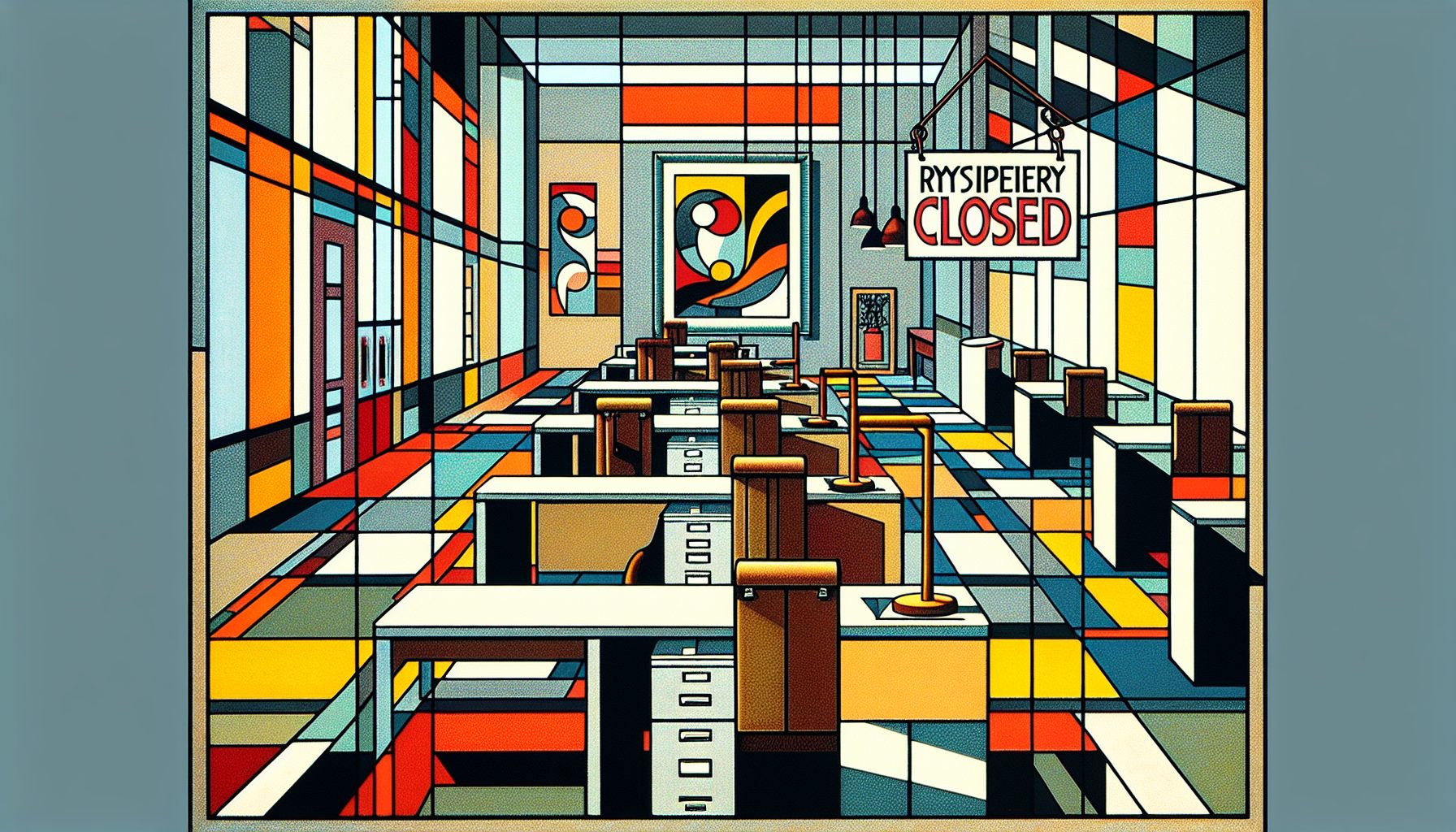The wonderful book by Gene Kranz on the Apollo 13 mission (and the subsequent movie) has put the phrase ?Failure is not an option? permanently into our lexicon.
Kranz was the flight director at Mission Control during that era (and Ed Harris played him so well in the movie). And, certainly, there is no more powerful lesson for technologists than how the NASA team figured out how to bring that crippled spacecraft back to Earth. But I want you to think about failures in a less spectacular context and how you can learn from them to triumph over your own business adversities.
The correct motto for your IT department should be ?Failure is not only an option, but it should be encouraged.?
Now, I am not talking about promoting your least productive employees. What I do mean is that you want to give your staff the permission to fail, and in doing so, foster innovation in your company and make your business more agile. But unlike the astronauts, by making it easier to fail, you can avoid the bigger mistakes and make smaller steps toward progress.
This isn?t a new concept. For example, Jeff Atwood in his blog, ?Coding Horror,? says, ?Fail early and often.?
And Mitchell Ashley in his blog, ?The Converging Network,? says:
?If you aren?t seeing some failures along the way, it?s a pretty good idea you?re not stretching, challenging and really going for it. You?re probably believing in your own assumptions and plans too much."
Others have called this concept ?rapid prototyping?: put something together quickly that?s barely working to show your customers or clients. Then, based on their feedback, you go back and make small changes, get more feedback and sharpen your ideas.
And, really, when we think back to our childhood, this is how we all learned a new skill, whether playing sports, mastering the piano or whatever. We took small steps, saw what worked and what didn?t, and learned from our mistakes.
The trick is to figure out the right feedback loop so that you aren?t micromanaging everyone. This isn?t good either: You have to give people the responsibility to make their own mistakes so that they can really learn from them.
Part of the notion of frequent failure is the acceptance by management of a certain level of risk. After all, who wants a bunch of employees who don?t produce? The other thing is to figure out the right amount of freedom to try out new ideas and experiment, and to make these adjustments without a particular timetable or schedule of ?deliverables.?
This is the philosophy of many innovative companies. For example, in Keith Sawyer?s ?Group Genius? book, he talks about the culture at W.L. Gore (the makers of GoreTex and other products less famous). Employees have 10 percent of their time that isn?t allocated for particular billable projects. They are free to experiment and fail, as long as the other 90 percent is actually producing results. This is how they come up with some of their most profitable products, and failure at Gore is tolerated within this guideline.
So start thinking about promoting the culture of frequent failure at your shop. It is the first step along the path toward being more innovative and agile. And if you are looking for some inspiration, it is worth renting the Apollo 13 movie if you haven?t seen it in awhile.








